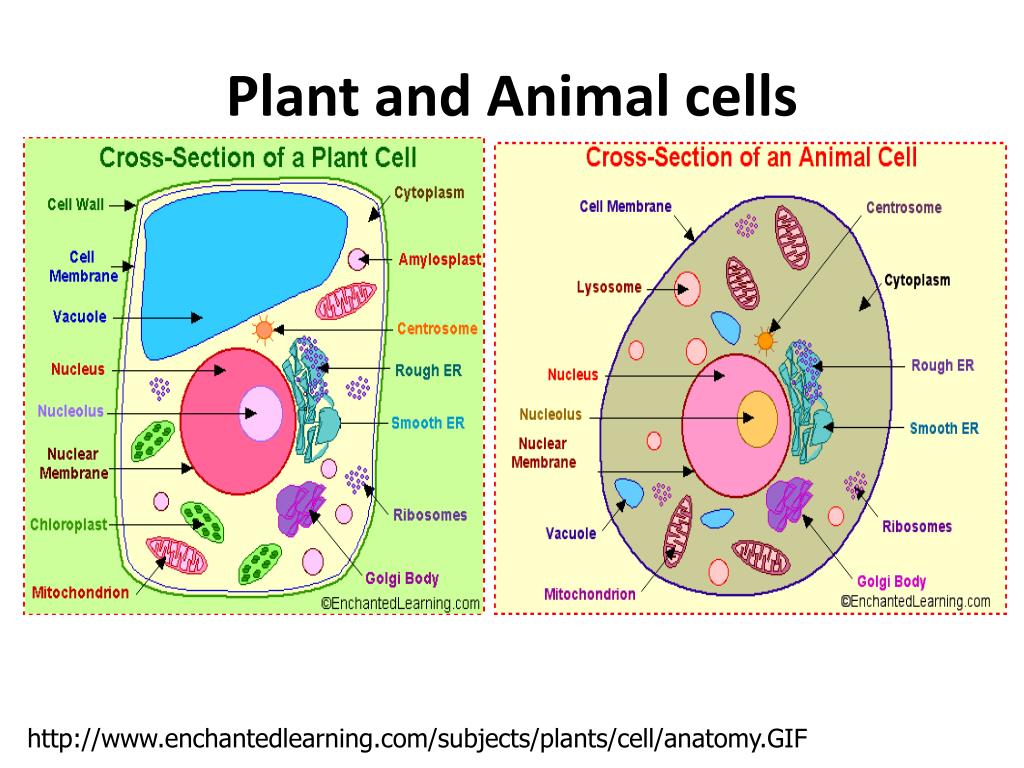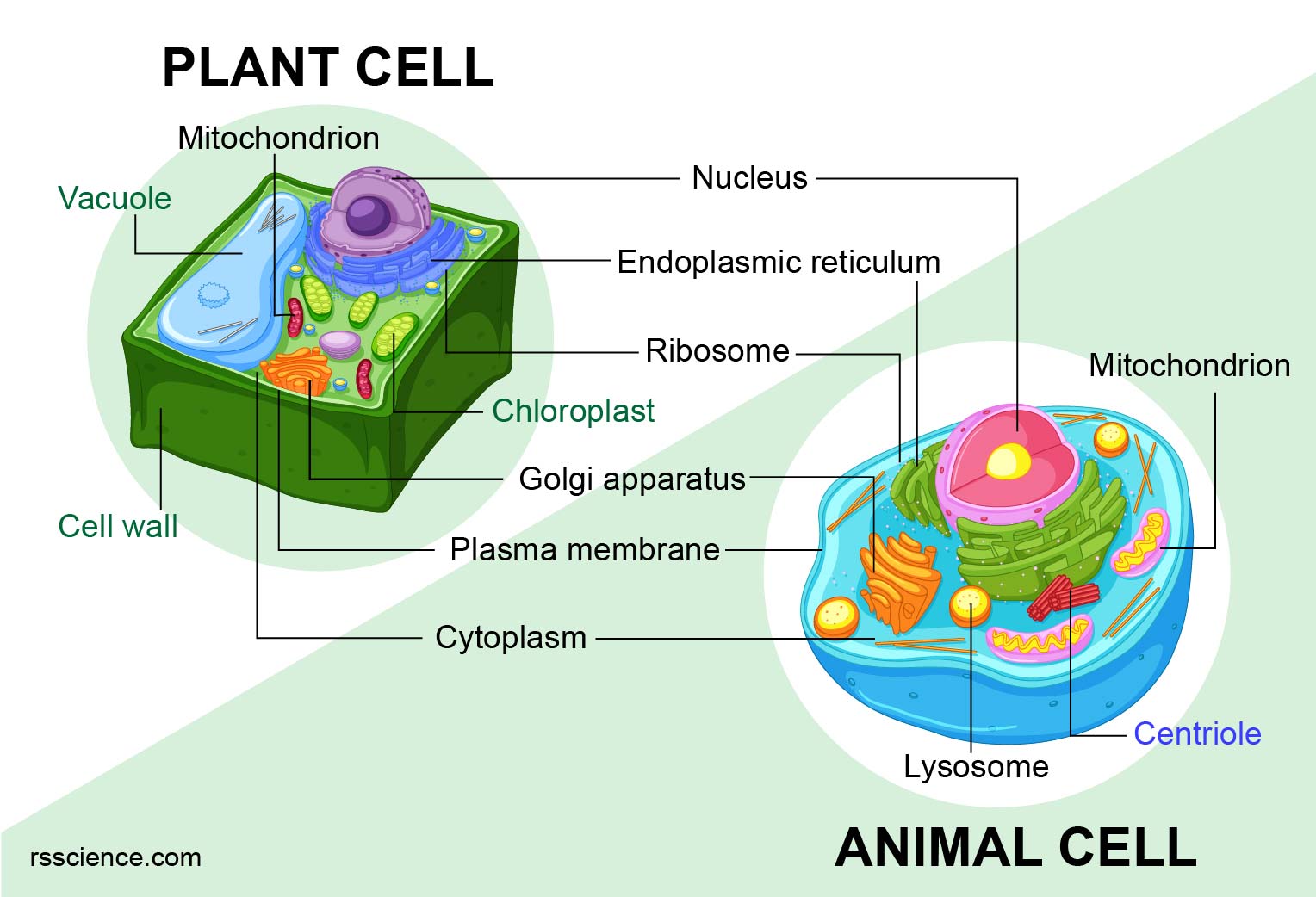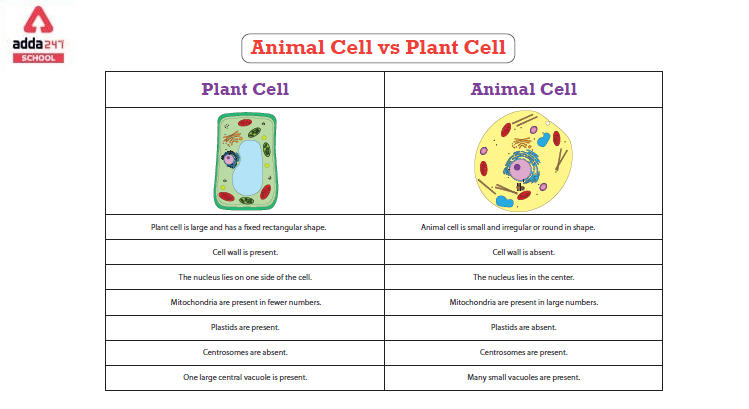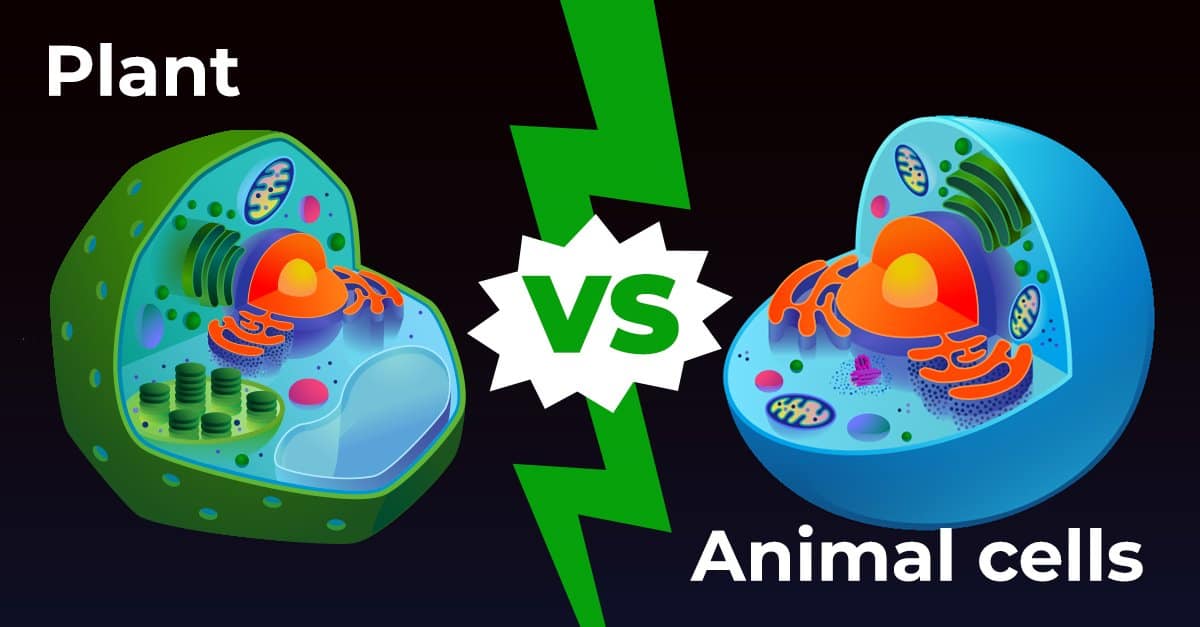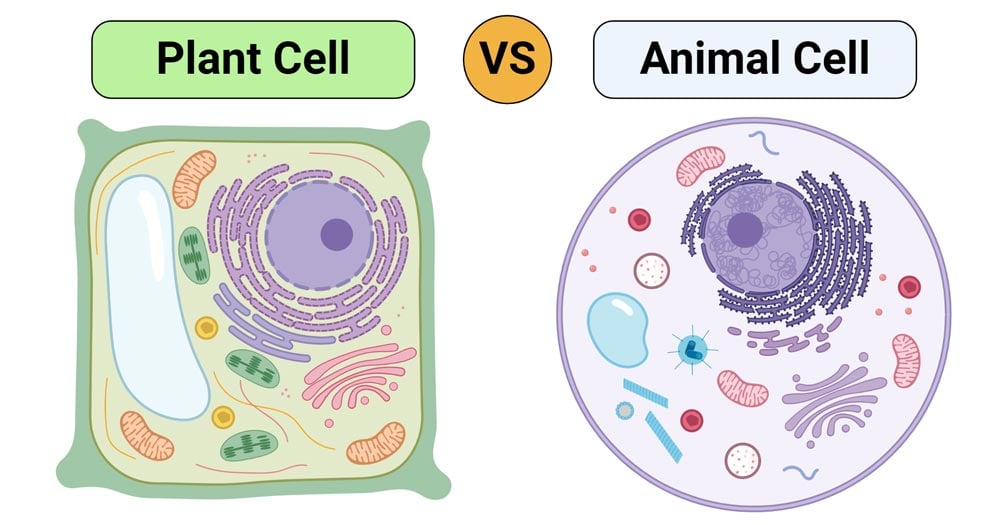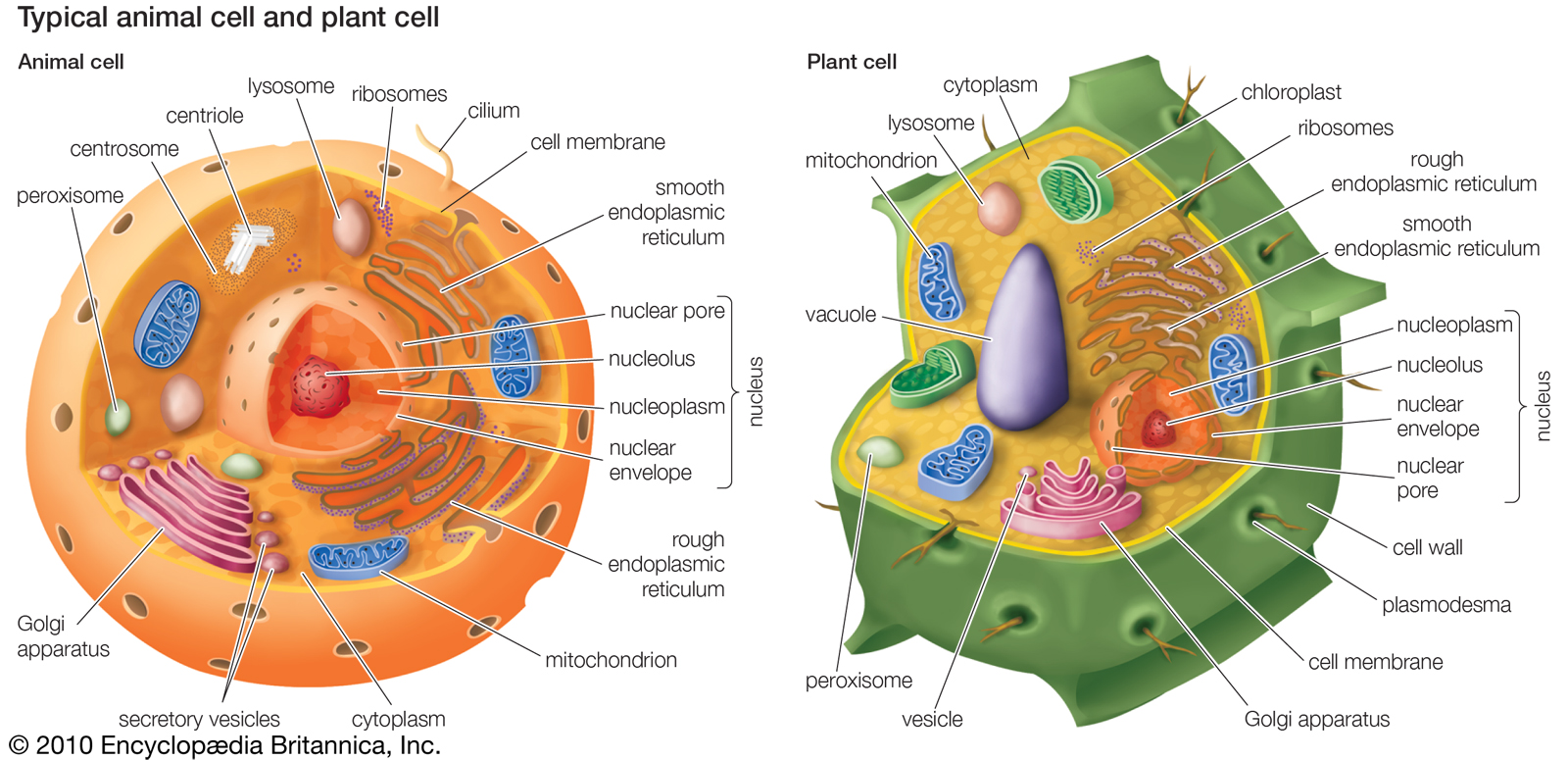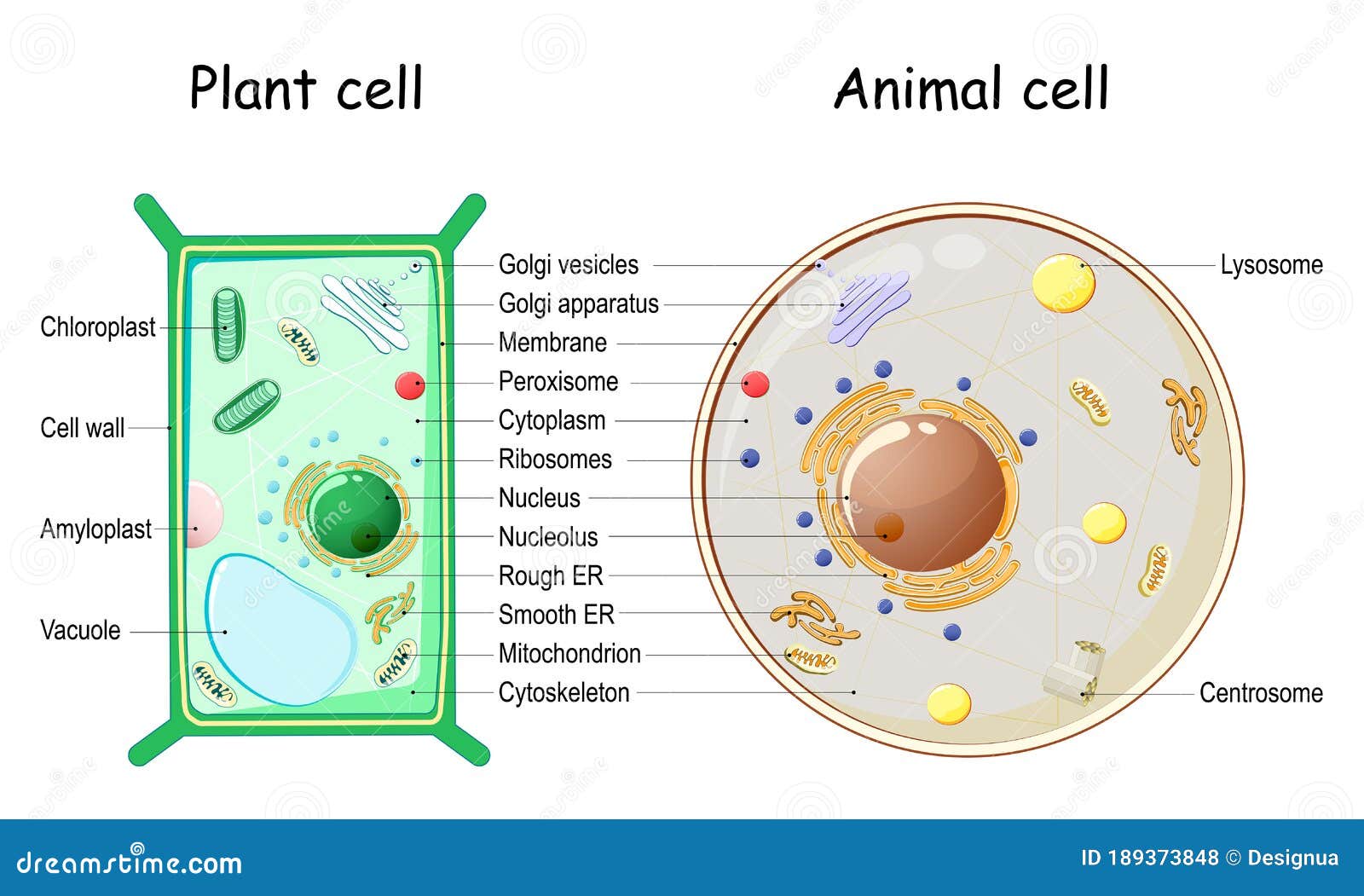Which Best Compares Plant And Animal Cells
:max_bytes(150000):strip_icc()/animal-cells-vs-plant-cells-373375_final-5b462d7fc9e77c00375014f1.png)
The intricate dance of life unfolds within the microscopic realms of cells, the fundamental building blocks of all living organisms. But beneath the unifying principle of cellular structure lies a fascinating divergence: the contrasting architectures of plant and animal cells. Understanding these differences is not merely an academic exercise; it's crucial for advancements in medicine, agriculture, and our broader comprehension of the biological world.
This article delves into a comparative analysis of plant and animal cells, highlighting their key distinctions and similarities. We will explore the unique organelles that define each cell type and how these structural variations contribute to their respective functions within multicellular organisms. Furthermore, this analysis will underscore the importance of grasping these cellular distinctions for future scientific progress.
Fundamental Similarities: A Shared Foundation
Both plant and animal cells are classified as eukaryotic cells. This classification signifies that they possess a membrane-bound nucleus containing their genetic material. This shared characteristic distinguishes them from prokaryotic cells, such as bacteria, which lack a defined nucleus.
Beyond the nucleus, both cell types share several essential organelles. These include the cell membrane, acting as a selective barrier; the cytoplasm, a gel-like substance filling the cell; and ribosomes, responsible for protein synthesis.
The mitochondria, often called the "powerhouses" of the cell, are also common to both. They generate energy through cellular respiration. Both cell types rely on the Golgi apparatus for processing and packaging proteins and lipids, and the endoplasmic reticulum for protein and lipid synthesis and transport.
Key Differences: Distinguishing Characteristics
Despite their shared foundations, plant and animal cells exhibit striking differences. These differences reflect the distinct roles they play within their respective organisms. One of the most notable distinctions is the presence of a cell wall in plant cells.
The Plant Cell Wall: A Defining Feature
The plant cell wall, primarily composed of cellulose, provides structural support and protection. This rigid outer layer maintains cell shape and prevents bursting due to osmotic pressure. Animal cells, lacking a cell wall, rely on their cell membrane for structural integrity.
The absence of a rigid cell wall allows animal cells to be more flexible and adaptable. This is crucial for processes such as cell movement and tissue formation. This structural difference is fundamental to the distinct forms and functions of plants and animals.
Chloroplasts: Harnessing Solar Energy
Chloroplasts are another defining feature of plant cells. These organelles are the sites of photosynthesis, where sunlight is converted into chemical energy in the form of glucose. Animal cells, lacking chloroplasts, obtain energy by consuming organic matter.
The presence of chloroplasts allows plants to be autotrophs, producing their own food. Animals, on the other hand, are heterotrophs, relying on other organisms for sustenance. This fundamental difference in energy acquisition shapes the ecological roles of plants and animals.
Vacuoles: Storage and Waste Management
Plant cells typically have a large central vacuole. This organelle stores water, nutrients, and waste products. It also plays a role in maintaining cell turgor pressure, which is essential for plant rigidity.
Animal cells may have smaller vacuoles, but they are not as prominent or as functionally diverse as the central vacuole in plant cells. Animal cells rely more on other organelles, like lysosomes, for waste disposal and cellular digestion.
Centrioles: Cell Division Differences
Centrioles are involved in cell division, specifically in the formation of the spindle fibers that separate chromosomes. Animal cells typically contain centrioles, while plant cells usually lack them. However, plant cells still have other mechanisms for organizing microtubules during cell division.
Although plant cells don't possess centrioles, their cell division still occurs with proper chromosome separation. This happens using specialized microtubule organizing centers, highlighting different evolutionary pathways to achieve the same fundamental process.
Other Notable Differences
There are a few other minor, yet important, differences between plant and animal cells. Glyoxysomes, for example, are organelles found in plant cells (specifically in plant seeds). They aid in converting stored fats to carbohydrates.
The presence of plasmodesmata, channels that connect adjacent plant cells, allows for direct communication and transport of materials. Animal cells communicate primarily via intercellular junctions such as gap junctions, tight junctions and desmosomes.
Implications and Future Directions
Understanding the differences between plant and animal cells has far-reaching implications. In medicine, this knowledge informs the development of targeted therapies that exploit cellular differences to treat diseases. For instance, understanding the lack of a cell wall in animal cells can aid in designing drugs that selectively target bacterial cell walls, without harming the host.
In agriculture, understanding plant cell biology is crucial for improving crop yields and developing disease-resistant varieties. Genetic engineering techniques that modify plant cell processes can lead to more efficient photosynthesis or enhanced nutrient uptake.
Future research should continue to explore the intricate molecular mechanisms that govern the structure and function of plant and animal cells. Advances in microscopy and genomics are providing unprecedented insights into the cellular world. This continued exploration promises to unlock new possibilities in medicine, agriculture, and our fundamental understanding of life itself.
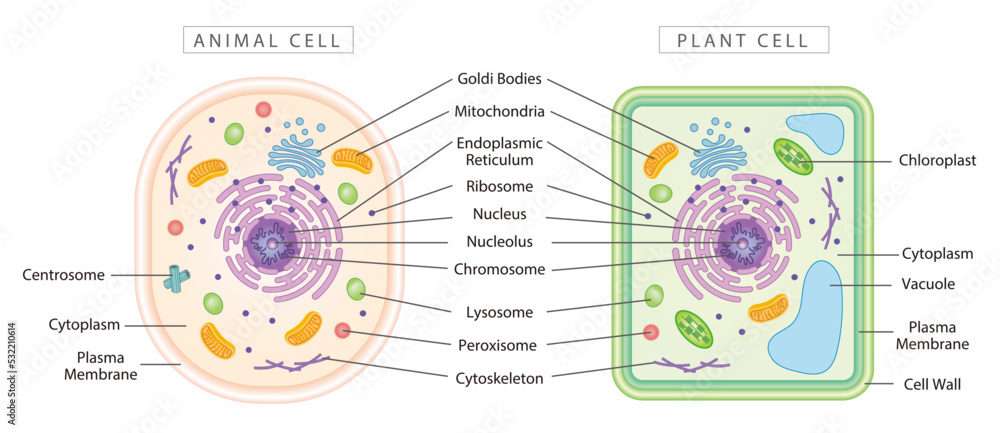

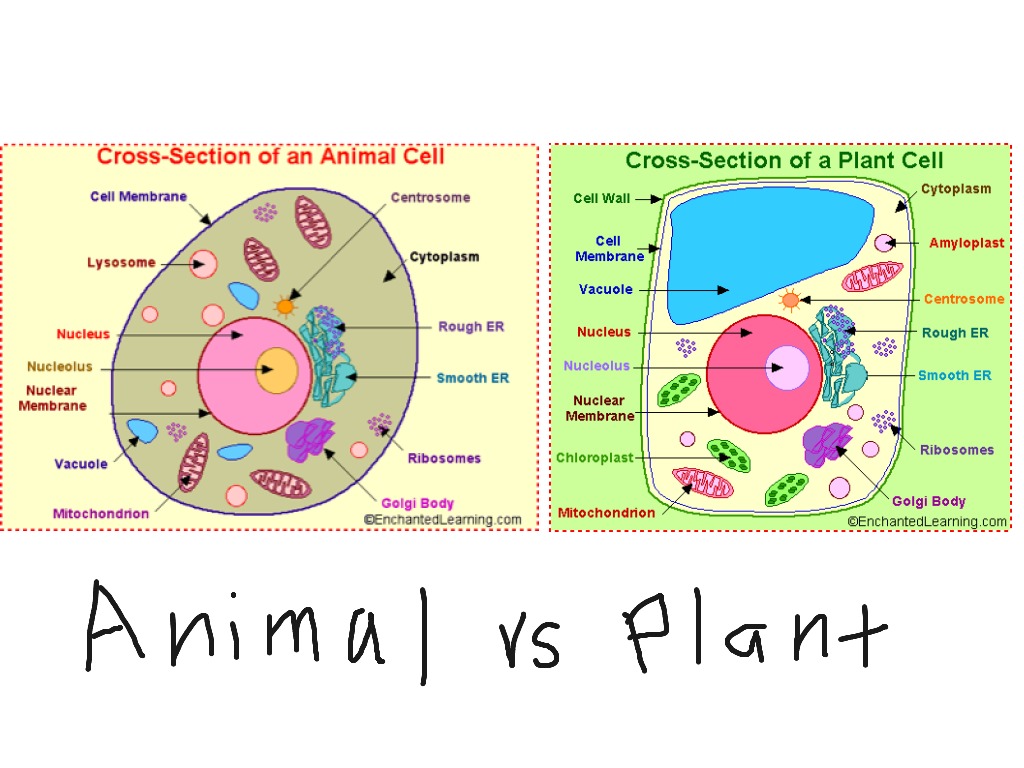


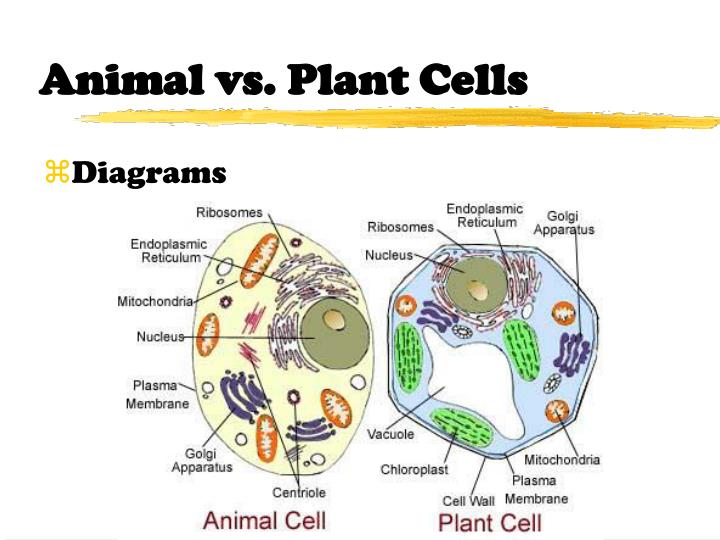
![Which Best Compares Plant And Animal Cells Differences Between Plant And Animal Cells Best Answer] Differentiate](https://api.www.labxchange.org/api/v1/xblocks/lb:LabXchange:865c25a1:lx_image:1/storage/lxc_msls_p1_a5_-plant-vs-animal-cells-792ec0fd60a046be70a7b89a2997d6da.png)
